The World Architecture Festival (WAF) has announced that its 17th edition will take place from November 12–14, 2025, at the Miami Beach Convention Center, marking the festival’s first appearance in the United States. This year’s move from Europe to North America brings renewed attention to the continent’s architectural innovation, especially under the guiding theme, “Hearts and Minds.”
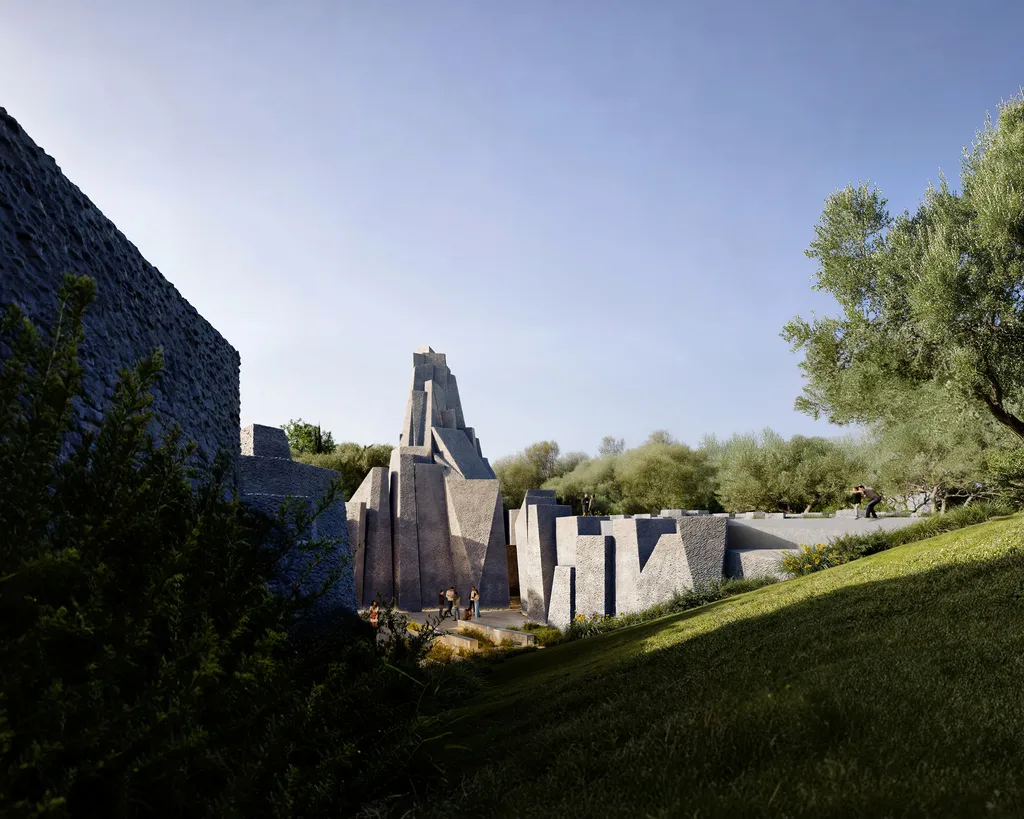
A Platform for Live Architectural Critique
At the core of WAF remains its signature live-judging program, in which architects present projects in real time to an international jury composed of critics, practitioners, and academic figures. Across 17 live judging rooms, shortlisted teams will defend their work and engage in critical dialogue, setting WAF apart from other awards by fostering transparency and debate.
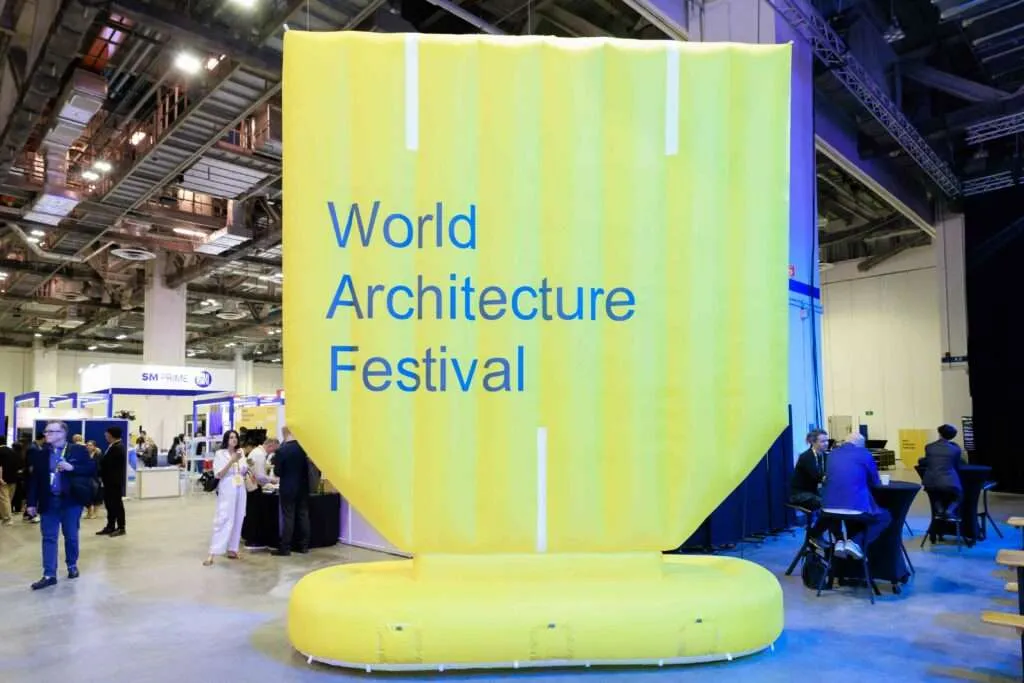
The 2025 awards span 45 categories, including:
- Completed Buildings (e.g., cultural, civic, commercial, education, health)
- Future Projects (unbuilt and speculative work)
- Landscape (including parks, ecological restorations, and urban interventions)
- Interiors (with a new sub-category dedicated to Yachts, Ships, and Houseboats)
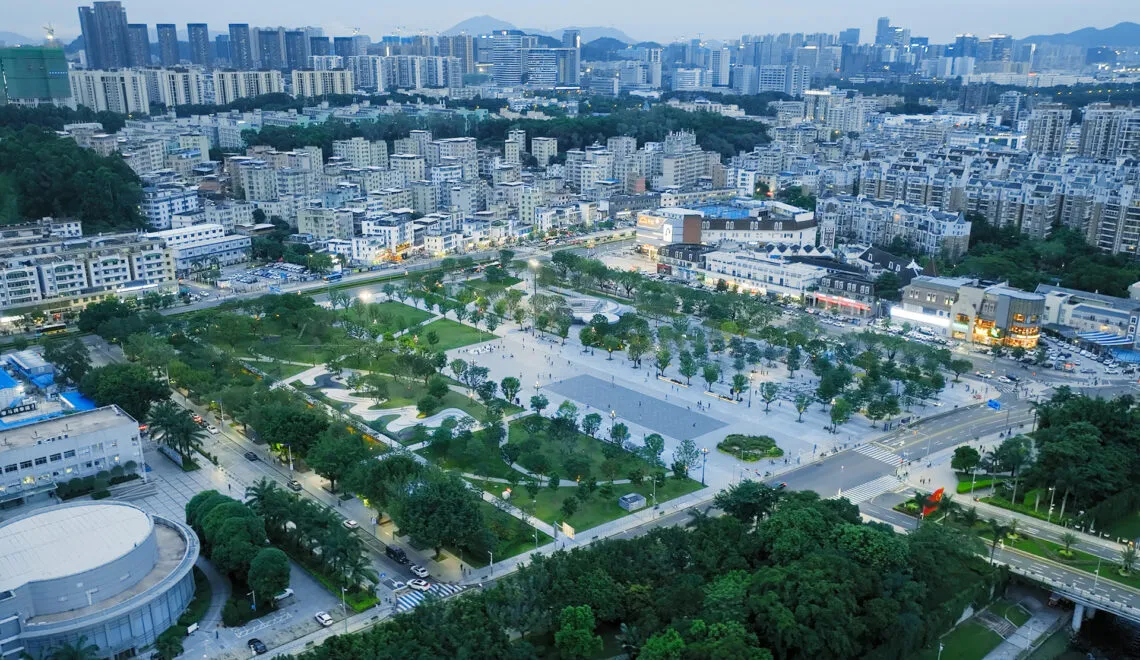
The inclusion of floating interior typologies is notable this year, reflecting architecture’s growing attention to limited-volume environments, resource constraints, and design for mobility.
Marking a pivotal moment in its 18-year evolution, the World Architecture Festival takes root in the U.S. for the very first time. Having previously unfolded across architecturally rich cities like Barcelona, Berlin, Lisbon, Amsterdam, and Singapore, WAF’s 2025 edition shifts to Miami, a city where bold design language and cultural hybridity offer a compelling new backdrop.
Shortlists will be released in July 2025, following a June jury session. Finalists will be eligible for headline honors such as: World Building of the Year, Future Project of the Year, Landscape of the Year, and Interior of the Year.

Spotlight on Emerging Talent and Forward-Looking Design
WAF 2025 also expands its programming with the “40 Under 40” showcase, a North American talent spotlight developed in collaboration with The Architect’s Newspaper. Honorees will exhibit conceptual sketches, 3D models, and immersive design presentations in individually themed “project rooms,” highlighting trends in narrative-driven architecture and alternative spatial thinking.
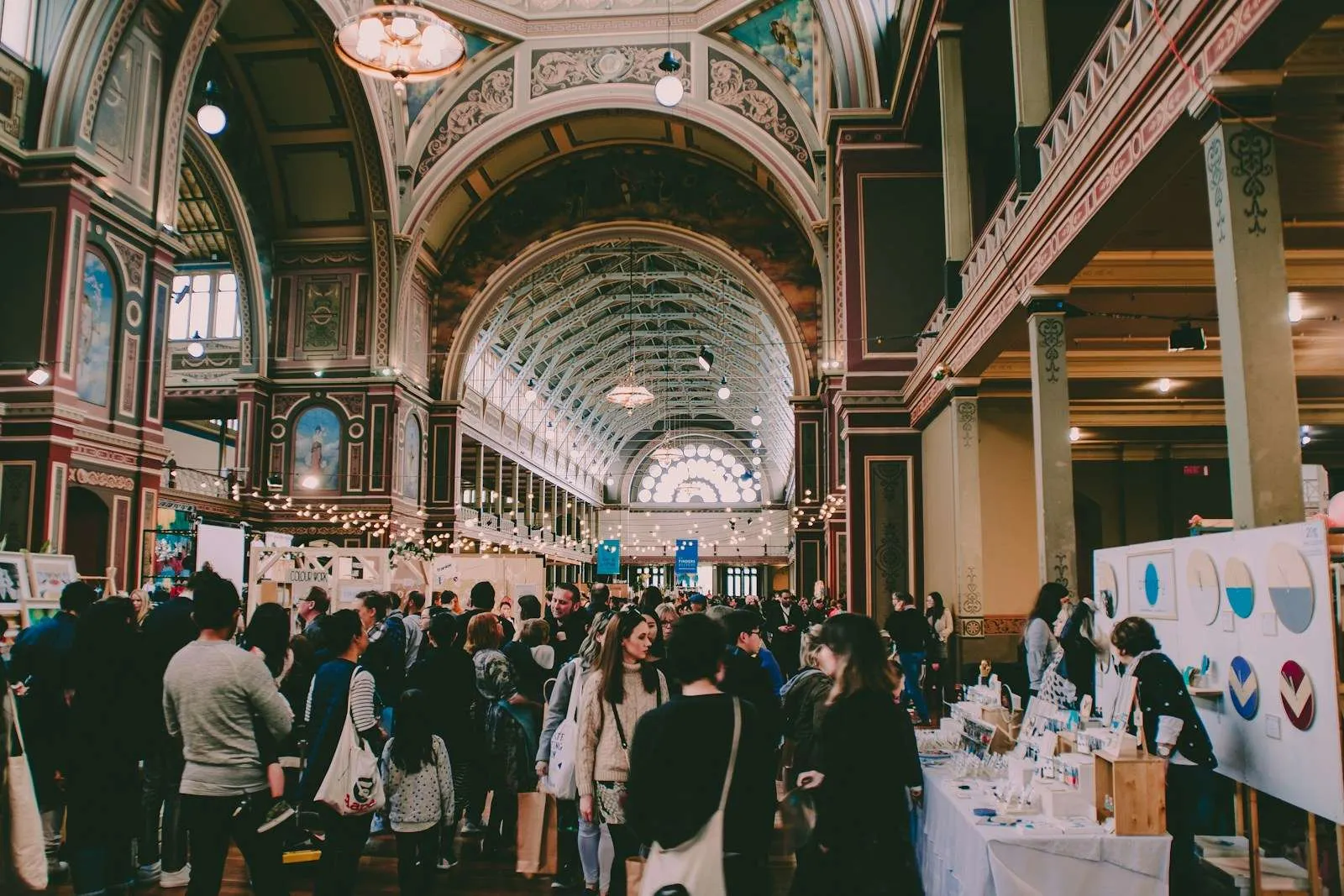
Meanwhile, the WAFX Awards return to highlight progressive design thinking, rewarding proposals that address major global challenges, including climate change, urban inequality, resource scarcity, and disaster resilience. These entries often serve as a barometer of future architectural priorities, offering a window into how firms are rethinking materials, typologies, and urban strategy.
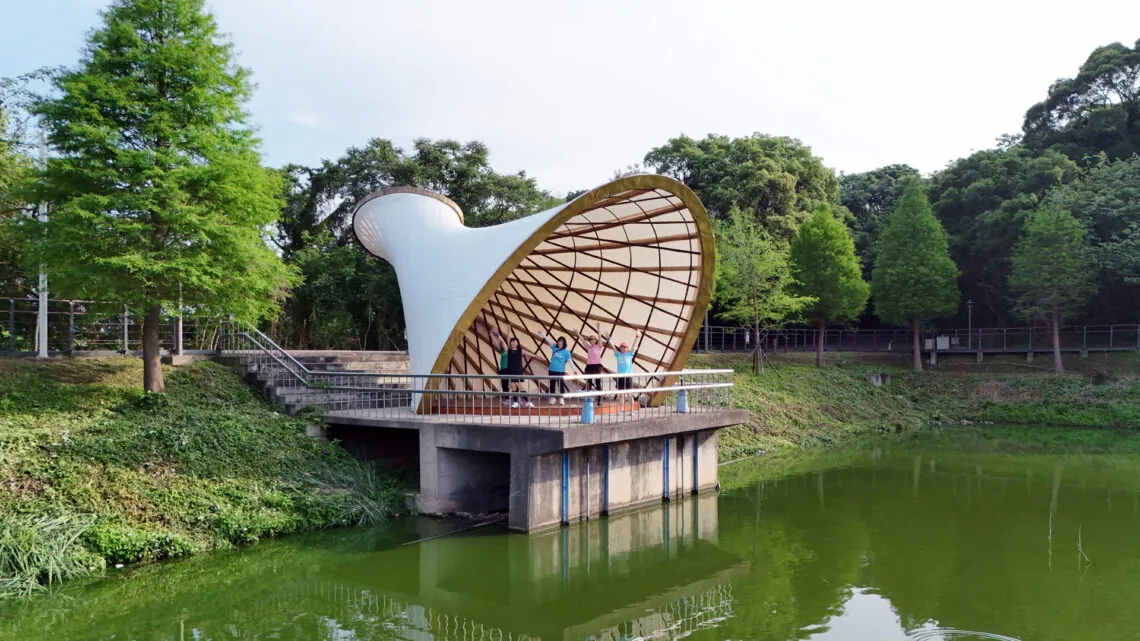
Several Special Prizes will also be awarded across all shortlisted works, focusing on topics like:
- Daylighting Innovation (Natural Light Prize)
- Sustainable and Experimental Materials
- Color Integration and Perceptual Design

Also new to the 2025 edition are two thematic streams organized by Design Intelligence: a business stream focused on the evolving nature of design firms and entrepreneurship in the built environment, and a practice management stream tailored to topics such as leadership, talent retention, and organizational innovation.
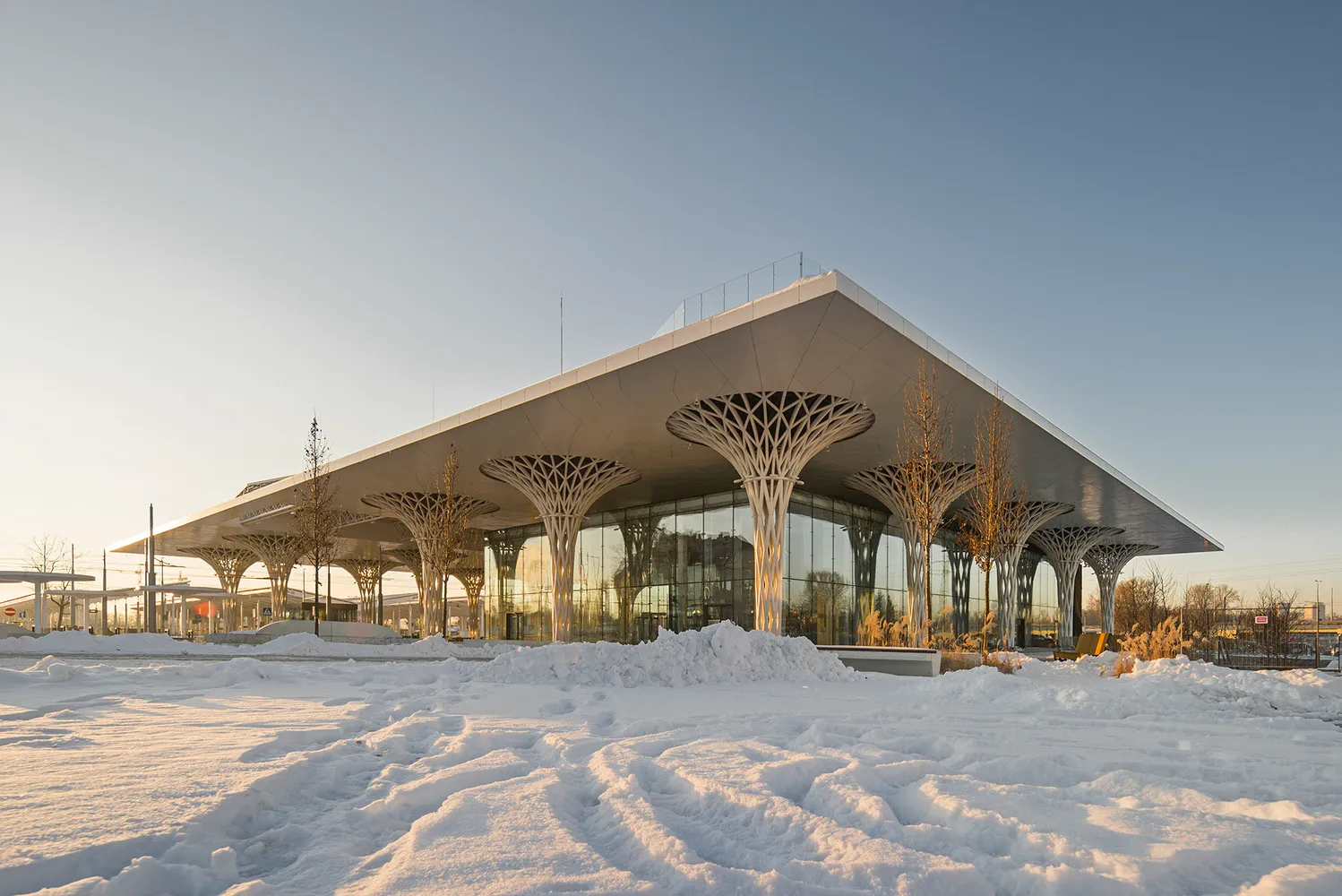
The Festival Hall will host exhibitions, including a digital gallery showcasing all submitted projects and a curated display celebrating the “40 Under 40” honorees. Outside the convention center, participants can take part in architectural tours across Miami, offering a closer look at the city’s evolving urban identity. Miami, renowned for its Art Deco legacy, high-rise growth, and rising eco-conscious design ideas, provides a topical and relevant urban environment for architectural discussion.

Why Miami, Why Now?
As WAF’s U.S. debut, the decision to hold the event in Miami underscores a broader shift in architectural discourse toward climate-responsive design, coastal resilience, and cross-disciplinary storytelling. The “Hearts and Minds” theme invites participants to interrogate architecture’s emotional and cognitive resonance, how buildings function, and also how they feel, perform, and affect.
WAF Programme Director Paul Finch said the decision to bring the festival to Miami was not only about changing the location but also about expanding its reach. He explained that the move is meant to encourage more involvement from architects and designers across North and South America, helping to grow the conversations and connections the festival has built over the past 18 years.

Whether in the critique rooms, exhibition halls, or streets of South Beach, WAF 2025 aims to position architecture as both infrastructure and cultural artifact, equal parts logic and lyricism.
To learn more about the upcoming WAF event, visit the official website.




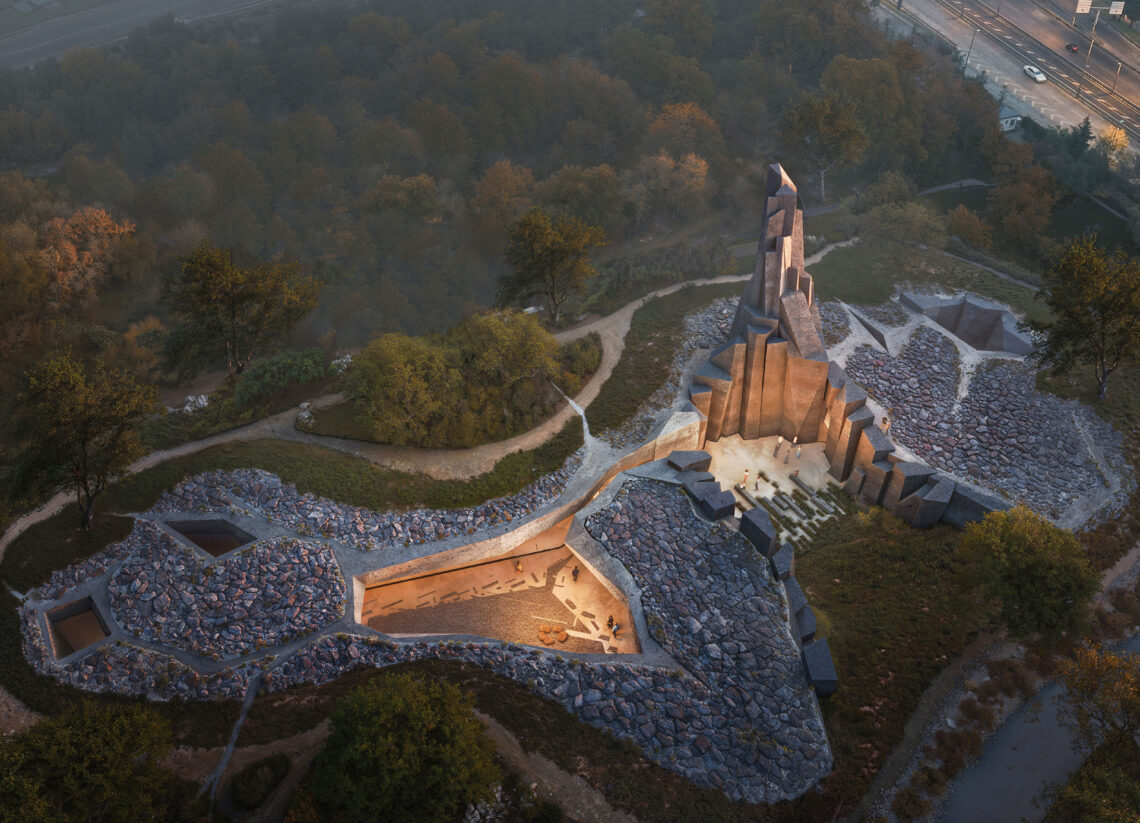

























Leave a comment